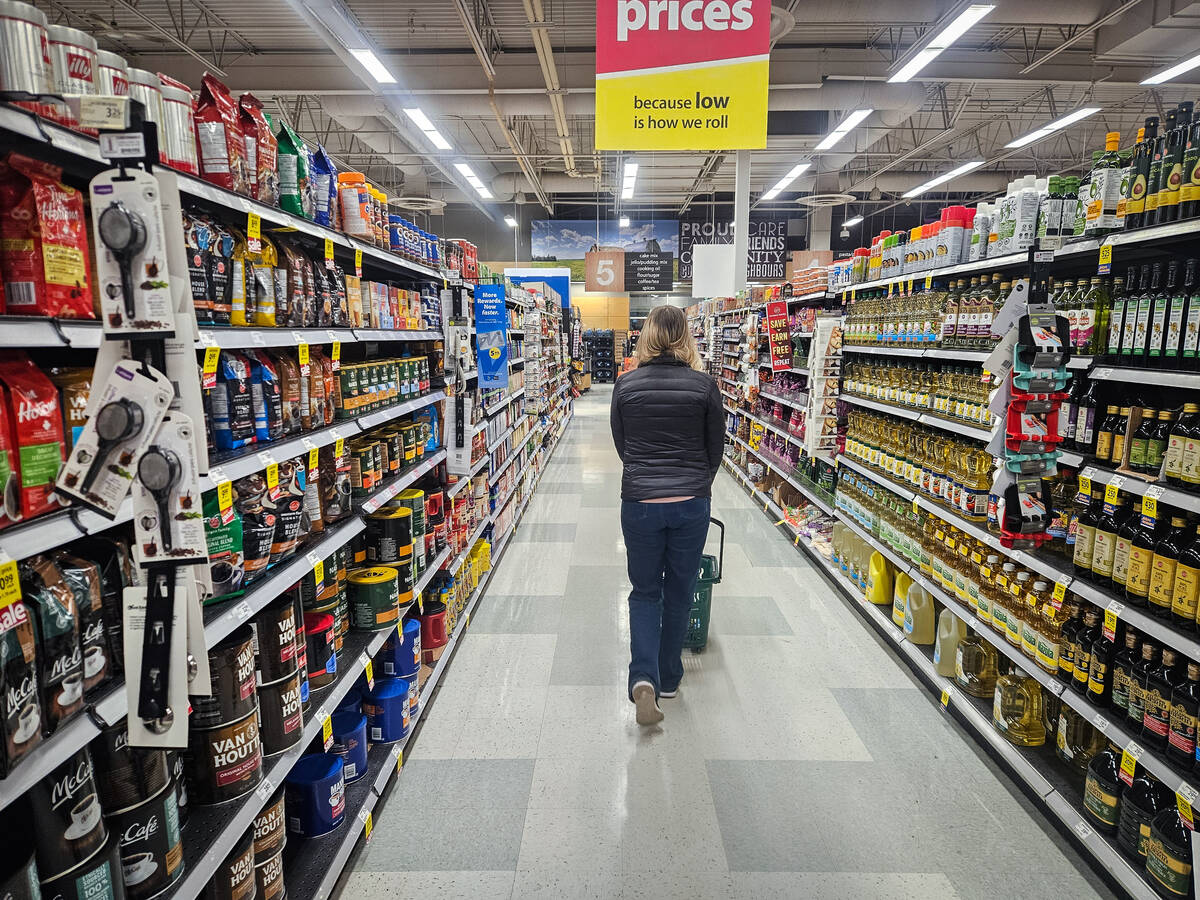The information superhighway has many potholes to navigate and treacherous off ramps that will result in people getting lost on their voyage to truth if they’re not careful.
That message was hammered home by Cami Ryan, a behavioural/social scientist who is senior business partner of industry affairs with Bayer Crop Science Canada and has been studying the impacts of misinformation/disinformation and consumer perceptions of agriculture for nearly 30 years.
“The reality is this, society is generational and geographically removed from the farm. Because of this gap, agriculture is an industry that is really problematized in the media. Pesticides, GMOs, climate change …. conversations are quickly polarized in our current social reality,” she said during Ag Expo, which was held last month in Lethbridge.
Read Also

Leading with transparency in a risky world
Meeting consumer expectations is about earning reputation, securing competitiveness, building trust and ensuring long-term resilience in a volatile global market.
She said 1921 saw a tipping point in Canadian history when there were officially more people living in urban centres than rural areas. That shift changed Canadian agriculture and society.
A century later, in 2021, another societal benchmark was reached when more than 50 per cent of the world’s population used social media.
“With the world population projected to grow over eight billion as of 2025, it will be expected there will be 4.5 billion users on social media,” said Ryan.
“Social media has firmly embedded itself into our global communication culture. Social media channels may change, they may shift, app platforms may come and go, but social media has fundamentally changed the way we interact and connect as human beings.”
Those connections can bring us closer together, but if used improperly, they can drive us apart. Ryan noted studies that show people spend on average four hours a day on social media. The misinformation about agriculture has been mobilized on social media through the channels.
“So, it’s not only the good stuff of our farming stories and how good we feel about food and being able to talk to our grandchildren from great distances apart. There are a lot of great things happening on these platforms, but there is also mis- and disinformation. It is very easy to attract attention and insert itself into our daily lives,” said Ryan.
“These are unprecedented times. There has been nothing like this in the world in history. This is how the dark underbelly of the information economy works its magic on us.”
Ryan said humans tend to avoid risks and are naturally inclined to seek out stories. As social creatures, we are prone to fall prey to more than 200 kinds of biases. Gravitating to information that confirms biases is a trait that is found in everyone. Hesitating to stray from familiar social circles that are comfortable can be a matter of social survival.
“In today’s world, this kind of herd mentality we have manifests itself in echo chambers in social media. This is where we are most susceptible to misinformation, particularly regarding farming and food production.”
With attention and time being finite resources, humans have to be selective in the information they encounter. Rushed choices do not always lead to good choices.
This dynamic presents hurdles that producers have difficulty overcoming when the general public believes sometimes outrageous things about farming.
“It’s noisy out there and it’s not just a question of right and wrong, this or that, true or false. There are degrees of accuracy in every piece of information, and the goal posts are constantly moving. This is where media and digital literacy come in. We have to understand this space better,” said Ryan.
“Sometimes we become consumers of it without understanding how it works. There are people out there making assumptions about food and farming, and they think they know about it.”
Ryan was part of a three-person panel during a question and answer session following her presentation.
Christine McKee, a Region 9 director with Alberta Canola, asked about how public trust can be quickly eroded by misinformation on social media.
“I have been in social media since 2005, and I’m getting fatigued, but you have to stay on course. There’s an opportunity here as organizations to find ways to humanize your organization because that creates that link to the farm and the story,” said Ryan.
“I also believe in boundaries. You decide and set policy. We have to get out there and engage and find creative ways to do it. (Social media) is a part of this industry, it’s part of supporting farmers and lifting them up. We have to find those channels to tell their stories and this is a way to facilitate. But I also believe in boundaries. In organizations, we have to have strong social media policies. Concrete boundaries about who you respond to, how you respond and what is OK to ignore and what is OK to block. We are really polite people, thinking we can’t block people. You 100 per cent can.”
She said producers and farm groups should see their social media space as their personal living room. They are willing to host the party by opening up their space, but it’s OK to kick someone out if they come in and break the furniture with a lack of respectful discourse.

















